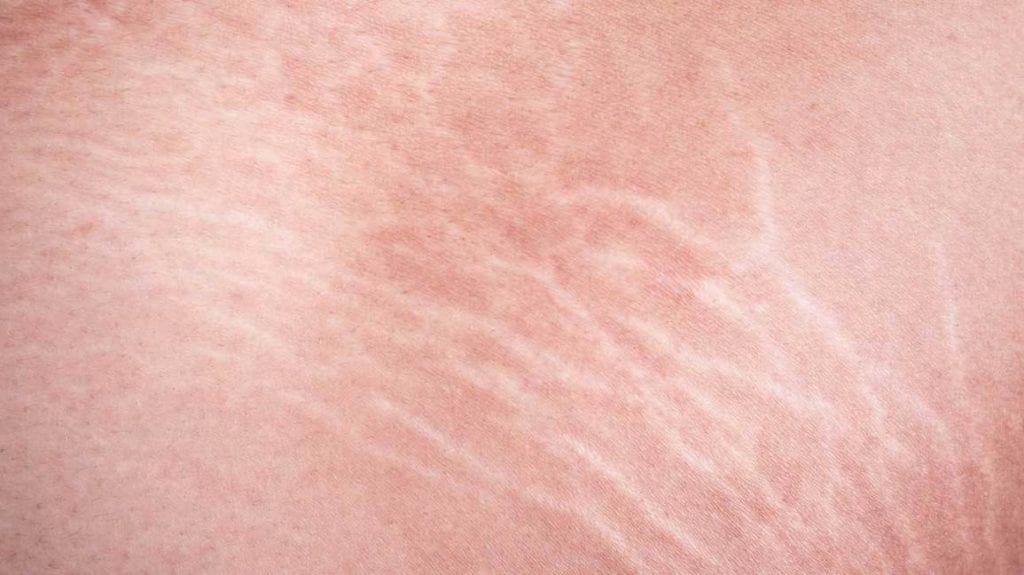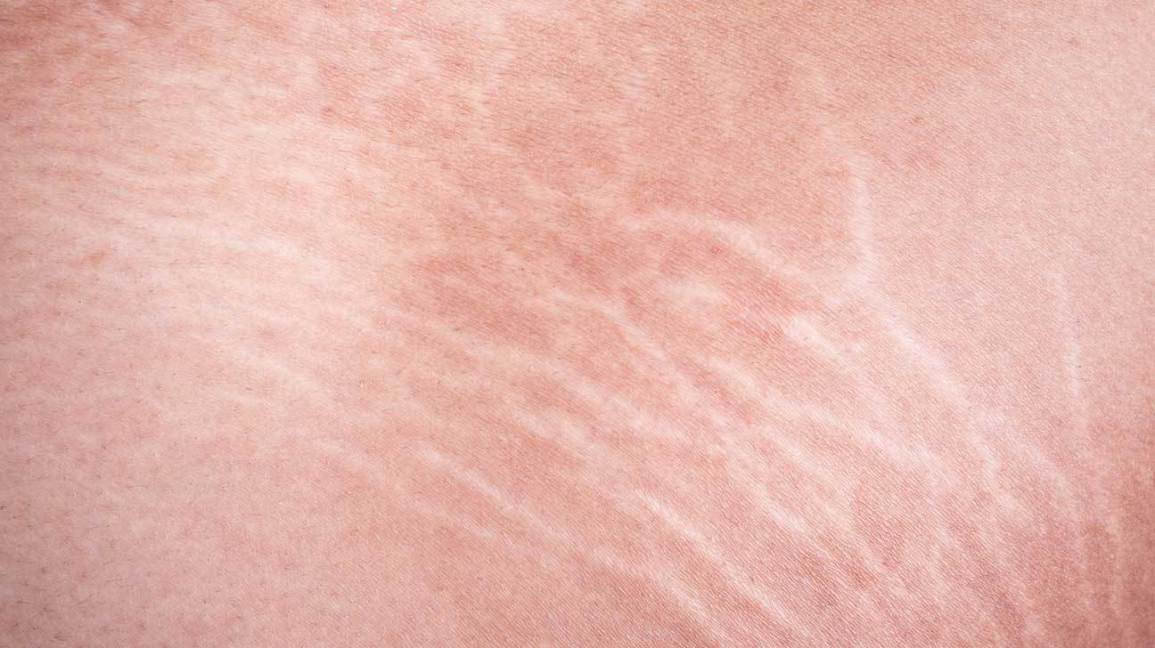
Stretch marks are colored streaks or lines that appear on your skin caused by weight gain or body growth. They are fundamentally tears on the skin but are not an indication of any health problems. Often, they begin as purple or red marks and gradually fade to silver or white over time. The color difference distinguishes how old the marks are. Treatments include lightening the color of the marks or shortening them, although sometimes the stretch marks just fade on their own. Newer stretch marks are easier to treat and are usually red because of the blood vessels present underneath the skin. The presence of blood vessels can help the body respond more to treatment. As the marks get older and white, they become more difficult to treat, and over time, your blood vessels will narrow, making stimulation of collagen production difficult. Rock Hill stretch mark reduction techniques can help them fade naturally and at a faster pace.
Exfoliate
A simple technique to get rid of white stretch marks is through regular exfoliation. Exfoliation ensures excess dead skin is removed from the body, which forces new skin to grow. Additionally, removing dead skin from the stretch marks allows other treatments to penetrate effectively and deeply, and work faster. Combining exfoliation with other treatments can enhance your results.
Topical Treatments
Another more affordable method for getting rid of white stretch marks is using topical treatments and ointments. Some creams have to be prescribed by a doctor while others are available over-the-counter. If applied regularly and consistently, topical creams can lighten the tone of the stretch marks, although they may not completely remove them. Discuss all risks with your doctor associated with the use of topical treatments. Some creams may not be strong enough to treat your condition and are a waste of your money, and you may be allergic to others.
Microdermabrasion
Microdermabrasion is a procedure that helps reduce the appearance of stretch marks by targeting the epidermis (upper layer of the skin) and stimulating the skin to tighten elastin and collagen fibers. It’s usually a painless procedure in which tiny crystals are sprayed on the surface of the skin with the marks. A special tipped wand can also be rubbed on the skin, and the crystals gently removed, taking dead skin from the epidermis layer with them. The procedure should be repeated several times to become effective.
The skin might feel dry after the procedure, and there may be some redness due to the exfoliation. It takes 24 hours for your skin to heal. The procedure is not fully guaranteed to remove the stretch marks, but this will depend on the severity of the marks.
Micro-needling
With micro-needling, small needles are injected into the dermis layer of the skin to stimulate collagen production. The dermis layer is the middle layer where collagen is produced. Increased elastin and collagen production promote skin regeneration, which can reduce stretch marks and improve the appearance of the skin. This procedure also requires more than one session over the course of months, for effective results. It’s found to be effective mostly for patients with darker skin.
Laser Therapy
Another common treatment procedure for stretch marks is laser therapy. Lasers are used to penetrate the skin to trigger regeneration of collagen and elastin. This also stimulates tissues around your stretch marks to heal at a faster rate.
